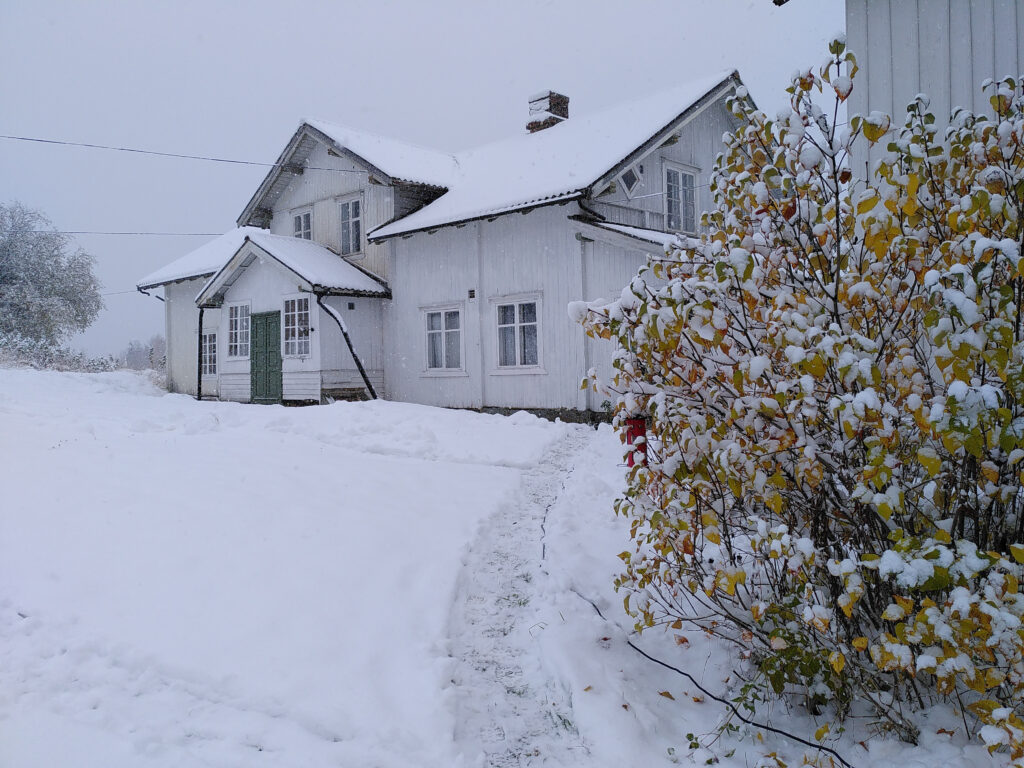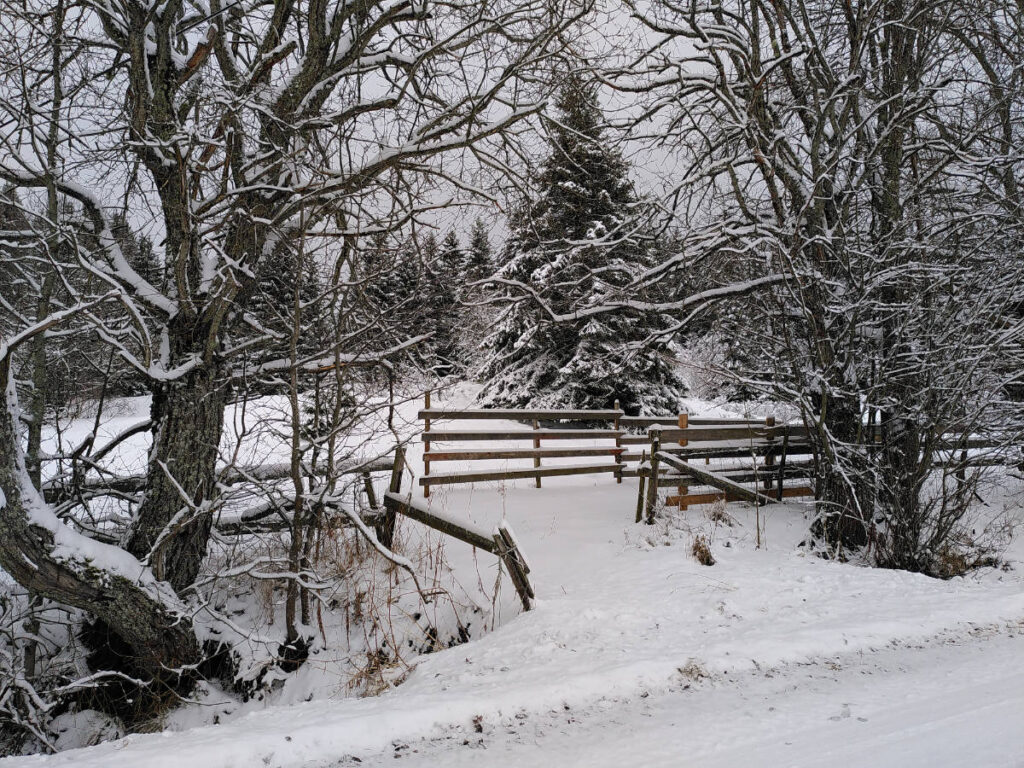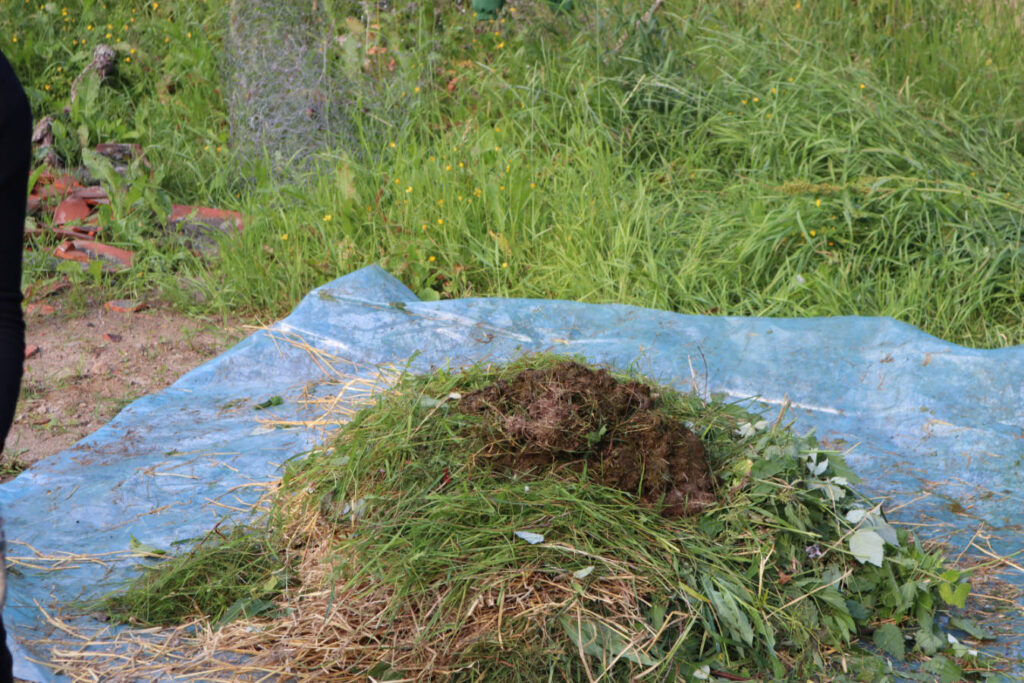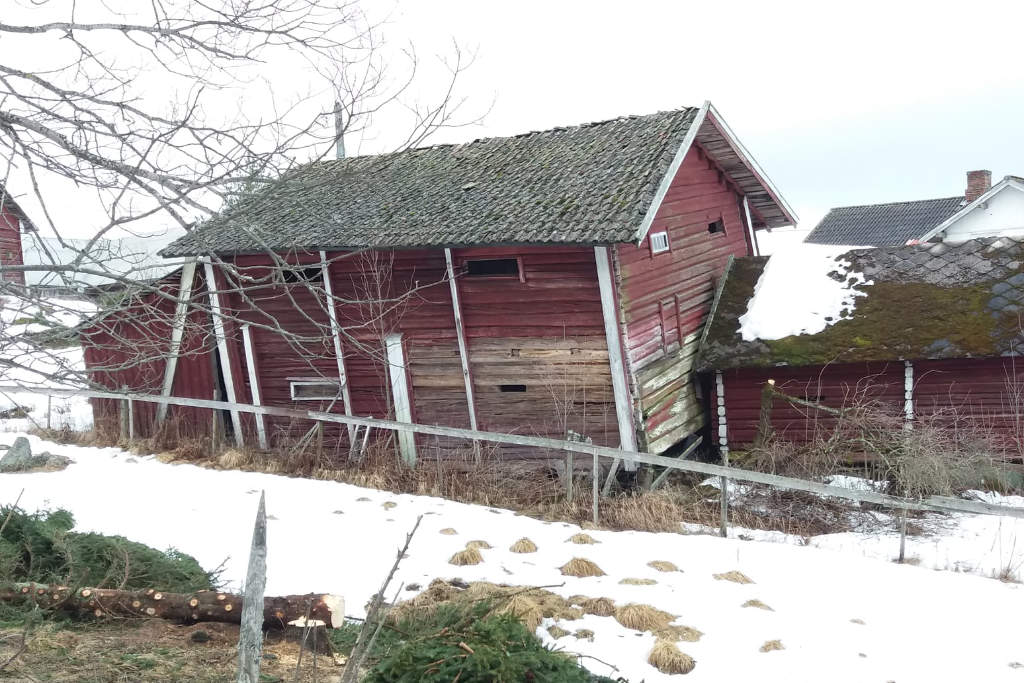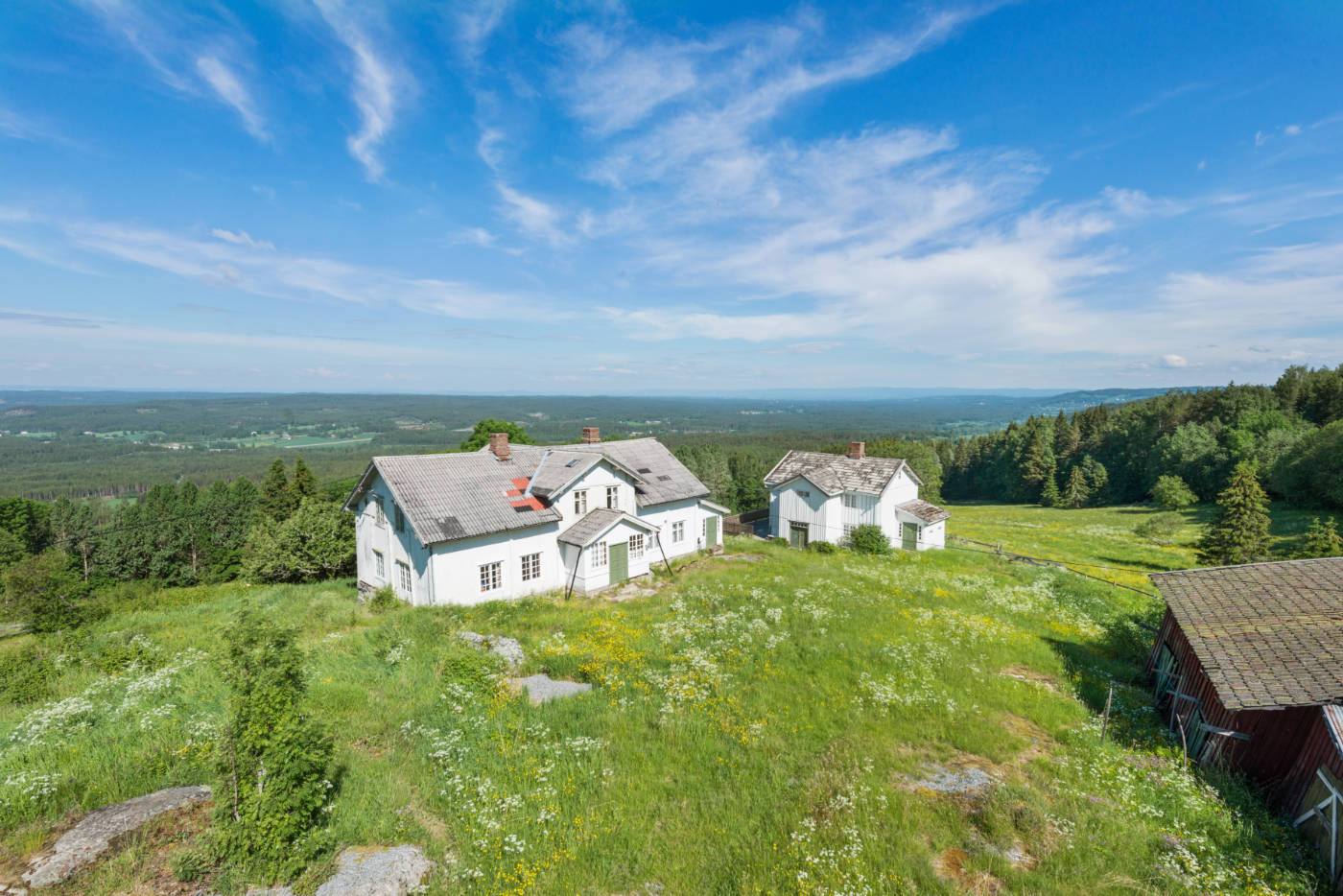
Become a member of Opsal farm friends.
What happend last year:Annual report 2024
The former grand farm, Opsal Gard on Tangen, has a history that goes far back in time.
But for the last 50 years the farm has been more or less uninhabited.
A visitor farm is now being planned here with a spotlight on the living biodiversity.


This fine group of volunteers has discovered that there are many skis at Stabburet. All of them come from countries without snow, but they are brave and have fun!
WWOOFING – would you like to volunteer here?
This is a new project on a very old farm. We are talking about a pioneering project! The focus is rewilding and biodiversity. While we grow our own food, the well-being of the forest and other wild and domestic creatures is super important.
The activities vary a lot! We are working with the horses, making fences and compost, planting trees and wooding for next winter, harvesting herbs berries and vegetables. We have made a forest garden with ‘fedges’, a mix of a hedge and a fence, and are organically restoring the house and barn.
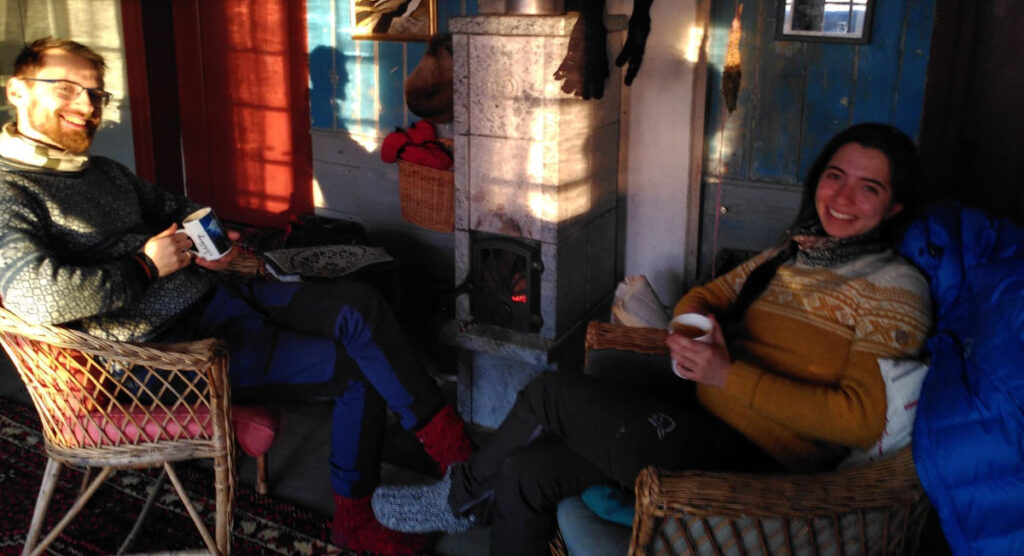

Georgiana‘s new book Fairytales, Families and Forests
is availebel and may be bought from Hawthorn Press.
If you want to tell stories to young children, you may have discovered that you are already a storyteller. That your children stare at you with wonder in their eyes. But it’s not you they’re looking at. They see through you to a world of magic and high mountains that connect them with nature.
The book is jam-packed with exciting stories, song games and verses for children
from 0 to 7 years
This superb resource and inspiration will empower parents, teachers and storytellers. Renata Allen, The Story Museum, Oxford
… opens the gates of wonder in ways that everyone can understand and share across the generations. Donald Smith, Director, Scottish International Storytelling Festival
What a magical and enriching book, filled with wisdom, knowledge and love. Danyah Miller, storyteller.
You can order the book here Hawthorn Press
At Opsal Gard you should be able to experience meadows and forests, animals and insect life in an atmosphere with a historical touch. Storytelling and courses are intertwined with work and experience together on the farm.We humans are part of the diversity and will contribute through generative agriculture. With hay meadows and less mechanical intervention, the plants contribute to diversity in the surroundings and thus to richer insect life which in turn contributes to greater bird life!


